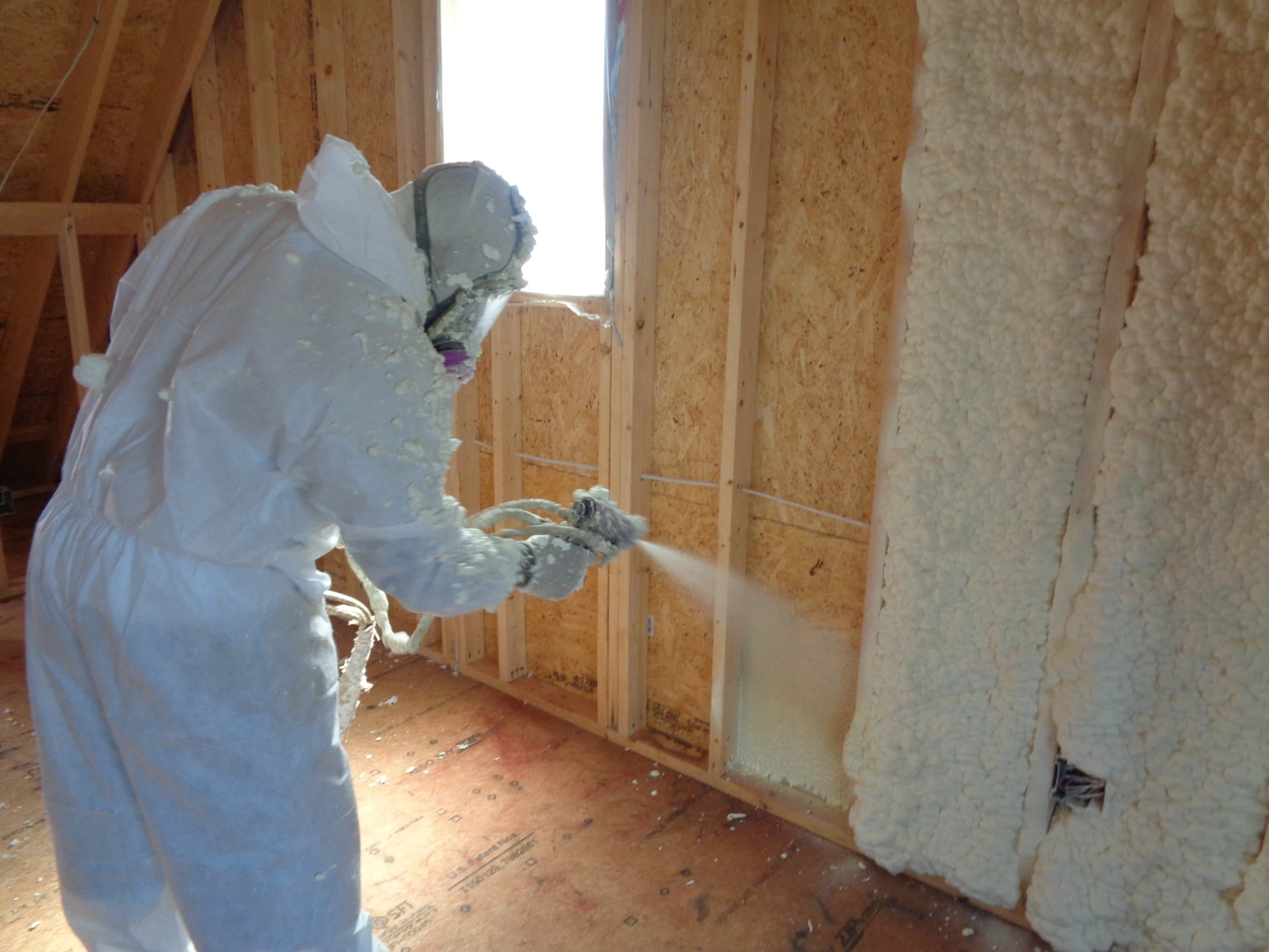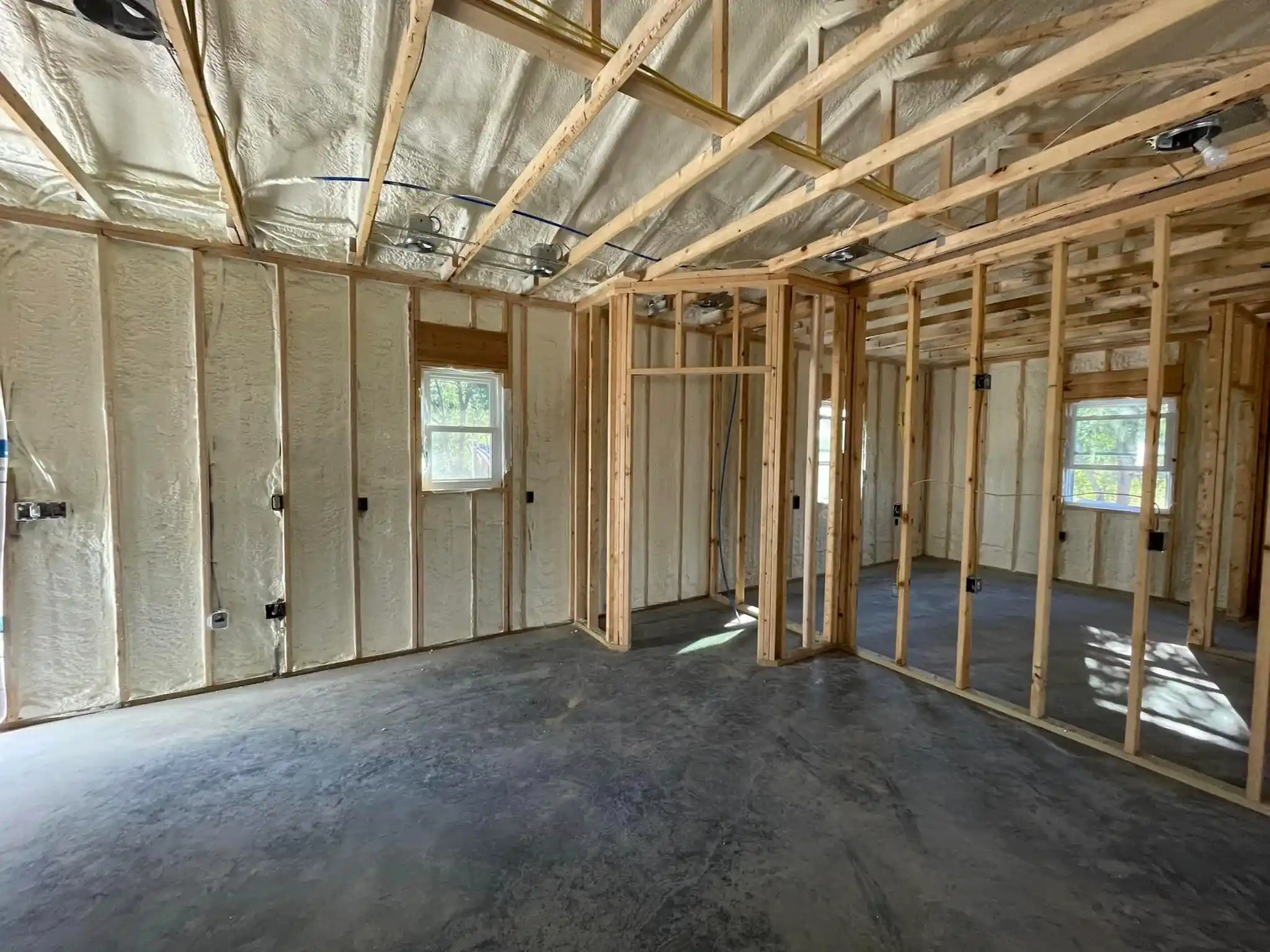
A properly insulated home in Joplin, MO typically attracts more buyers and commands a higher resale price. Energy-efficient upgrades, especially insulation improvements, often lead to lower heating and cooling costs a compelling advantage in the local real estate market where buyers factor in long-term savings.
Homeowners in this region benefit most from high-performance insulation due to seasonal temperature fluctuations. Closed cell spray foam, attic insulation, and air sealing prevent heat loss in winter and reduce cooling loads in summer. These improvements directly influence appraisals and inspection outcomes, often giving sellers a competitive edge.
Industry data supports this impact. According to Remodeling Magazine’s 2024 Cost vs. Value Report, attic insulation offers an average return on investment (ROI) of 117% at resale. In colder regions like Southwest Missouri, ROI often surpasses national averages.
Ozark Eco Foam has direct field experience with hundreds of residential insulation projects in Joplin MO. Based on local housing stock, older homes benefit most from crawl space insulation and air sealing, while new construction gains value through comprehensive spray foam systems.
| Insulation Type | Average ROI at Resale | Energy Savings Potential | Common Use Case | Moisture Resistance | Soundproofing Benefit |
|---|---|---|---|---|---|
| Closed Cell Spray Foam | 108% | High | Exterior walls, basements | Excellent | Moderate |
| Open Cell Spray Foam | 92% | Moderate to High | Interior walls, attics | Low | High |
| Fiberglass Batts | 76% | Moderate | New builds, wall cavities | Low | Low |
| Cellulose Blown-In | 85% | Moderate to High | Attics, retrofits | Moderate | Moderate |
| Rigid Foam Board | 81% | High | Foundations, crawl spaces | High | Low |
| Type | R-Value per Inch | Air Seal Capability | Application Suitability | Longevity (Years) |
|---|---|---|---|---|
| Closed Cell Spray Foam | R-6.5 to R-7.0 | Excellent | Walls, roofs, foundations | 50+ |
| Open Cell Spray Foam | R-3.5 to R-3.8 | Good | Attics, interior partitions | 20-30 |
| Fiberglass Batt | R-2.9 to R-3.8 | Poor | Framing cavities in dry areas | 10-25 |
| Cellulose Blown-In | R-3.2 to R-3.8 | Moderate | Attics, retrofit wall cavities | 20-30 |
| Rigid Foam Board | R-4.5 to R-6.5 | Moderate | Slabs, basement walls | 30-40 |
For older homes in Joplin built before 1980, air sealing in combination with attic insulation often delivers the most noticeable improvement in resale conversations with realtors.

Most residential jobs take 1 to 2 days depending on square footage and access.
High energy bills, uneven temperatures, drafts, or visible attic gaps are common signs.
Yes. Inspectors assess insulation type and coverage, which influences appraisals.
If current material is degraded or below code, replacement improves saleability.
Need help evaluating your home insulation options before selling? Reach out for expert input on what will make the biggest difference in your property’s value.
Ozark Eco Foam
Phone: (417) 572-5893
Email: ozarkecofoam@gmail.com
By limiting heat transfer, insulation reduces HVAC workload, especially during Missouri’s hot summers and cold winters.
Yes, once cured. It is inert and does not emit harmful gases under normal conditions.
No. However, it can qualify for local or federal energy efficiency rebates.
Minimal. Annual inspection for moisture or pest issues is recommended, especially in crawl spaces.
Possibly. Some insurers offer discounts for improvements that reduce fire or moisture risk.